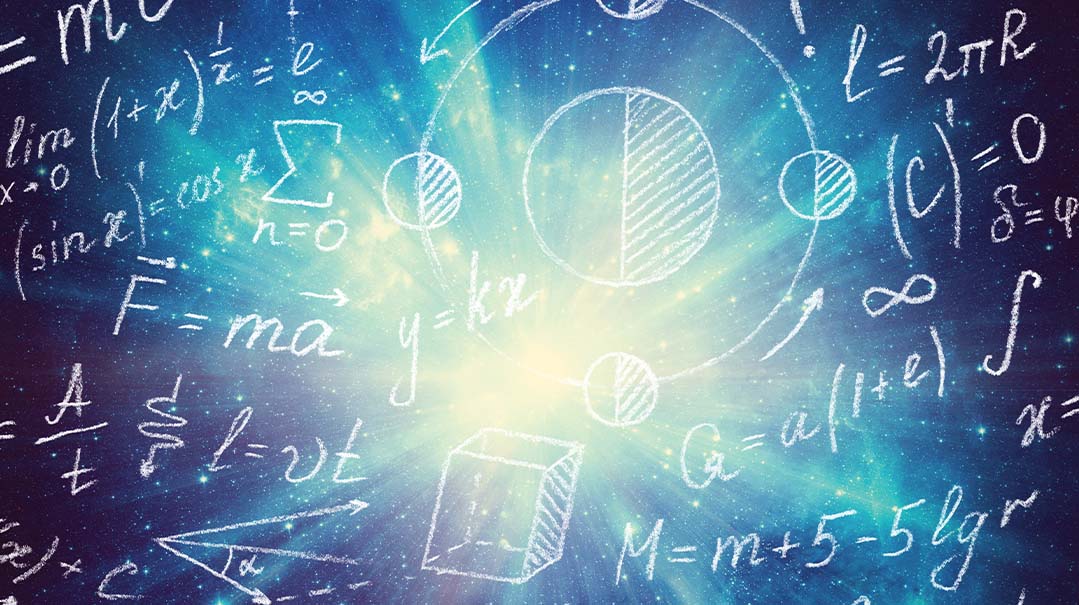General Relativity and the Aron Hakodesh: The Relationship between Torah and Science

The dimensions of space and time appeared to have little sway within the confines of the Mishkan and the Beis Hamikdash. This seeming violation of the laws of physics can be explained by Einstein’s laws of relativity, in the light of a careful reading of the Zohar.

G -d has given us a beautiful magnificent intricate and complex creation — full of wonder and magic to be experienced as we reach out beyond our home here on Earth. It is a wonder to perceive, a joy to behold — to be valued and treasured.1
The Rambam (Hilchos Yesodei HaTorah 2:2) famously states: “What is the path to love and awe of G-d? When one ponders G-d’s great and wonderful acts of creation, and sees in them a genius that has no comparison, then automatically a person will love, praise, glorify — and deeply desire to know the greatness of G-d.”
The Gateshead rosh yeshivah, Rav Avrohom Gurwicz shlita, based on the Maskil L’Dovid, explains that the true understanding of the creation is only possible with the perspective and hashkafah of the Torah. Why is that? It is only the Torah that provides the asplakaria hame’irah — the perfectly clear lens — to delve into the hidden secrets of the briah to fulfil the mitzvah of ahavas v’yiras Hashem.2
This is especially the case since we know that the Torah is the blueprint of the creation — istakel b’Oraisa u’bara alma,3 and all the wisdom of the creation is contained within the Torah.4
These principles underlie an inner correspondence between the wisdom within the natural world (chochmas habriah) and the mystical world (chochmas hanistar). The Baal HaLeshem5 quotes the Zohar:6 “Whatever HaKadosh Baruch Hu created in this world, He has likewise created in the upper worlds, and it is all revealed in the Mishkan.”
The Ramchal,7 based on the Zohar,8 explains that the purpose of knowing the laws and science of the creation and connecting them to the mystical worlds is twofold: 1) to perceive how each object in the physical universe and its law9 is created, sustained and controlled by its specific spiritual source in the supernal worlds; and 2) to help us increase our understanding of the mystical worlds — since each object in the physical universe and its law is not only controlled by its spiritual source, as explained above, but is in fact a shadow or reflection of the nonphysical form and structure of its spiritual source in the supernal worlds.
It is interesting to note that the Rambam10 provides a high-level introduction to the knowledge needed to help us fulfil the above-quoted halachah that obligates us to contemplate the creation. The Rambam summarizes the science (in his day) of the physical universe (maaseh Bereishis) and the spiritual upper worlds (maaseh Merkavah).
It is through our deep knowledge of the creation that we fulfill the mitzvah of both ahavas Hashem, love of Hashem; and v’yadata es Hashem, knowledge of Hashem. The revelation of HaKadosh Baruch Hu and His wisdom is therefore expressed in the reality of “both” the physical and spiritual worlds.
In this article, we will focus on one aspect within the fundamental laws of the physical universe: the general theory of relativity and its parallel in the Beis Hamikdash.
Oops! We could not locate your form.






